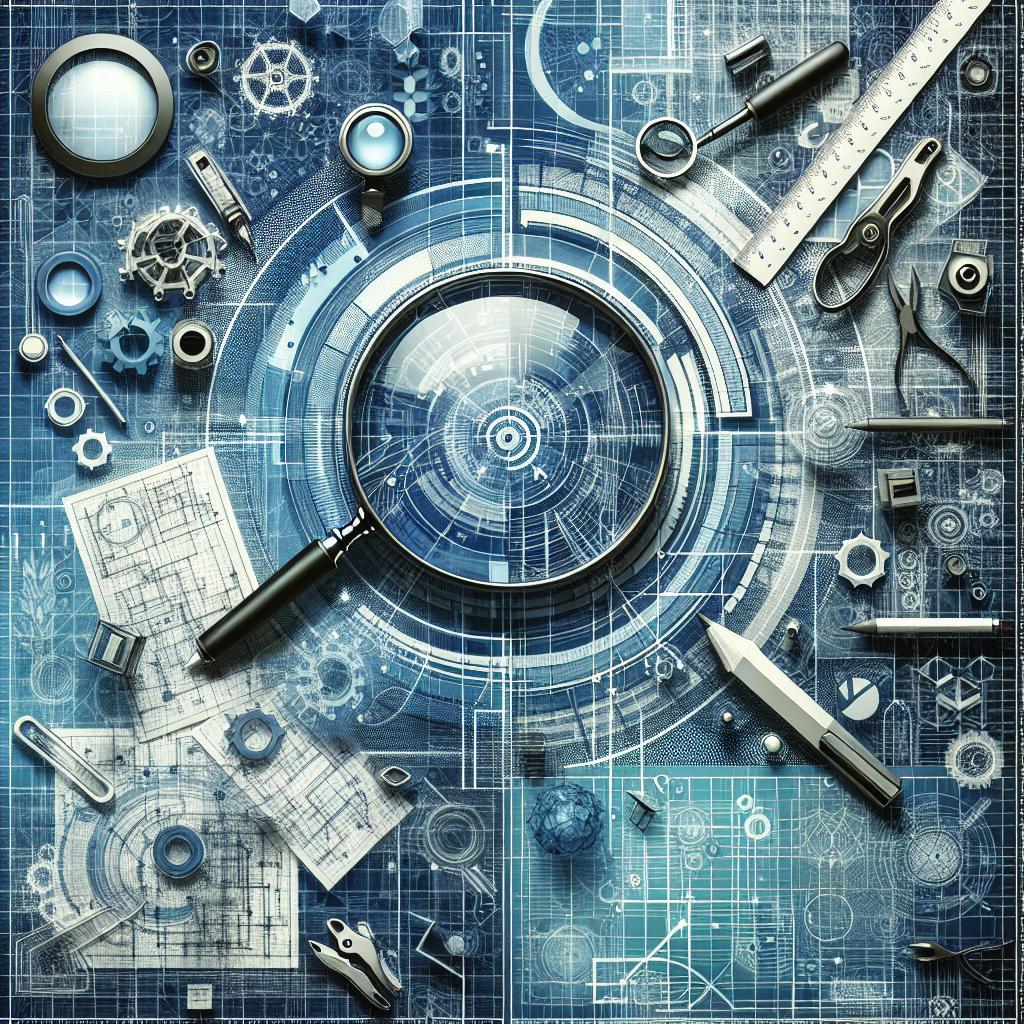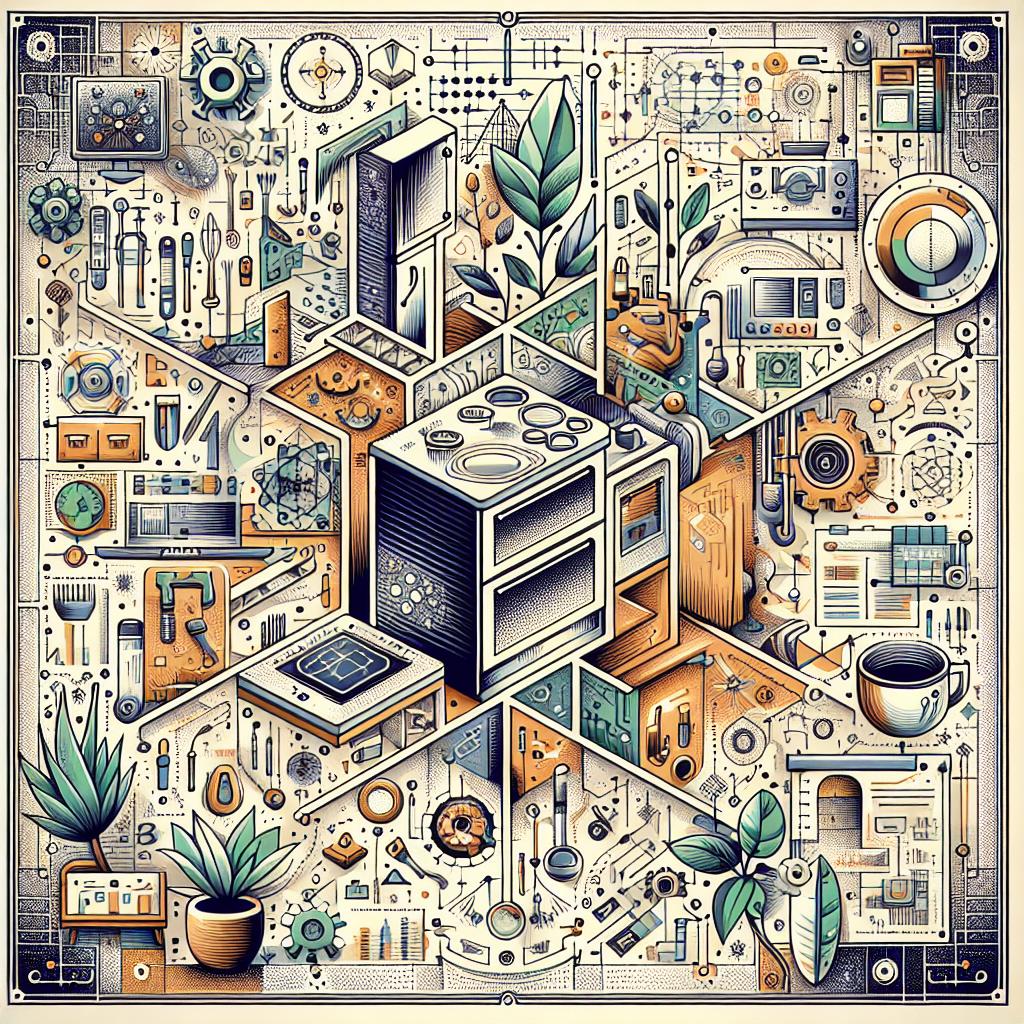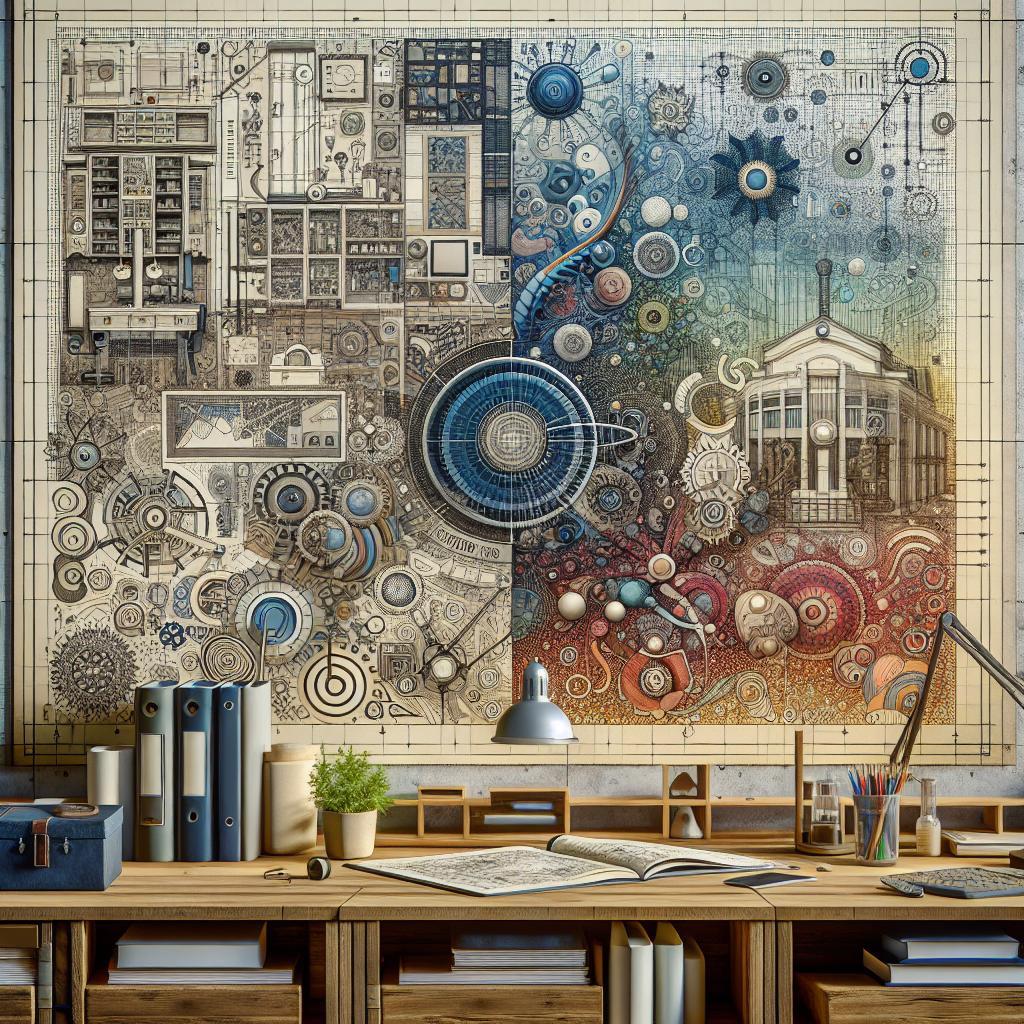When it comes to the heart of home design, the cabinets often serve as unsung heroes—elegantly housing our belongings while simultaneously contributing to the overall aesthetic of a space. Yet, behind the functional facade lies the artistry of cabinet creation, and at the core of this process is a crucial step: crafting detailed blueprints. Like a map for an explorer, these blueprints guide woodworkers and designers alike through the intricate journey of transforming ideas into tangible works of art. In this article, we will delve into the essential elements of designing cabinet blueprints, exploring everything from measurements and materials to style considerations and modern technology. Whether you’re a seasoned woodworker or a homeowner embarking on a DIY project, understanding the blueprinting process can empower you to bring your vision to life and create cabinets that are not only functional but also a reflection of your unique taste. Join us as we unveil the secrets behind this foundational aspect of furniture design, laying the groundwork for beauty, practicality, and timelessness in your interior spaces.

Understanding the Fundamentals of Cabinet Design
When it comes to crafting the perfect cabinet design, several fundamental considerations play a crucial role in ensuring that the final product is both functional and aesthetically pleasing. Understanding the dimensions of the space where the cabinet will reside is paramount. It’s essential to measure not only the height, width, and depth of the area but also to consider the surrounding elements like doors, windows, and furniture. This attention to detail allows for a seamless integration of the cabinet within the existing decor. Using a detailed sketch or design software can help visualize how your cabinet will look and fit within your unique environment. Additionally, think about the purpose of the cabinet—whether it’s for storage, display, or both—as this will influence its design and features.
Furthermore, material choice can significantly affect the overall ambiance and durability of the cabinet. Common materials include wood, metal, and composite options, each offering distinct advantages. Consider the finish as well, as it contributes to both protection and style. A well-thought-out configuration of shelves, drawers, and compartments can enhance the usability of the cabinet. To aid in your design process, you can refer to the following table highlighting different cabinet styles and their key characteristics:
| Cabinet Style | Key Features |
|---|---|
| Traditional | Ornate details, raised panels, classic finishes |
| Modern | Sleek lines, minimalistic design, bold colors |
| Rustic | Natural materials, weathered finishes, cozy appearance |
| Industrial | Raw materials, metal accents, utilitarian approach |

Essential Tools and Materials for Crafting Accurate Blueprints
To create precise cabinet blueprints, you’ll need a set of essential tools and materials that ensure your designs are as accurate as possible. Start with the basics, including graph paper or drafting software; these platforms allow you to represent your measurements visually. A set of high-quality pencils and a fine-tip eraser are vital for sketching and refining your designs without leaving behind smudges. Consider adding a ruler and a t-square to your toolkit, as these will help maintain straight lines and right angles, essential for any well-proportioned blueprint.
In addition to the manual drawing tools, incorporating digital resources can significantly enhance your blueprint-making process. Using CAD (Computer-Aided Design) software gives you the flexibility to adjust measurements easily and visualize your designs in 3D. It’s also important to have a reliable measuring tape on hand to gather precise dimensions of the actual space where the cabinet will be installed. Lastly, don’t overlook the necessity of a cutting mat if you plan on creating physical prototypes, ensuring that your work surface stays unblemished while you craft your models.
Step-by-Step Guide to Drafting Functional Cabinet Layouts
Creating functional cabinet layouts begins with careful planning. Start by assessing the space available in your kitchen or cabinetry area. Consider the various zones you need, such as cooking, cleaning, and storage. Once you have a clear idea of the layout, focus on these essential elements:
- Measurements: Accurately measure your room dimensions to avoid any fitting issues.
- Accessibility: Ensure that frequently used items are within easy reach.
- Workflow: Design the cabinet arrangement to facilitate a smooth workflow between cooking and preparation areas.
Next, transition from ideas to a practical plan with a detailed sketch. Utilize graph paper or digital design tools to visualize your cabinet arrangement. Pay attention to the following aspects:
| Element | Considerations |
|---|---|
| Cabinet Style | Choose finishes and styles that complement the overall design. |
| Storage Options | Incorporate drawers, shelves, and pull-outs for effective organization. |
| Appliance Integration | Plan spaces for built-in appliances to maintain a cohesive look. |
Establishing priorities and envisioning the layout will help ensure every element plays its part in achieving efficiency and aesthetics.

Common Mistakes to Avoid in Cabinet Blueprint Creation
When diving into the process of blueprint creation for cabinets, certain pitfalls can be easily encountered. One common misstep involves neglecting precise measurements. Before finalizing your design, take meticulous measurements of your space to avoid a mismatch between the cabinet dimensions and the designated area. Another frequent error is failing to account for the existing plumbing and electrical fixtures; these elements play a crucial role in determining the functional layout of your cabinets, and overlooking them can result in costly modifications later on.
Additionally, it’s vital to overlook the importance of materials. Many designer novices choose materials based solely on aesthetics, but durability and functionality should also weigh heavily in your decision-making process. Choosing low-quality materials can compromise the longevity of your cabinets. Furthermore, don’t forget the necessity of proper structural design. A common mistake is skipping considerations for weight distribution, which is essential for ensuring that heavy items can be stored safely without the risk of cabinets collapsing or becoming unstable.
Q&A
Q&A: Creating Cabinet Blueprints
Q1: What exactly is a cabinet blueprint, and why is it important?
A1: A cabinet blueprint is a detailed plan that outlines the design, dimensions, and specifications of a cabinet. It serves as a graphical representation of the envisioned piece, ensuring that all aspects—from material choices to finishes—align with the overall décor. This blueprint is crucial for both builders and clients, as it streamlines the construction process and minimizes costly mistakes.
Q2: What initial steps should one take before starting to create a cabinet blueprint?
A2: Before jumping into the blueprinting phase, it’s essential to gather inspiration by exploring design ideas and styles that resonate with you. Next, take accurate measurements of the intended space to ensure your cabinet fits seamlessly. Consider your needs—what will you store? outline your budget constraints to guide your material choices later on.
Q3: Are there specific tools or software recommended for creating cabinet blueprints?
A3: A variety of tools are available, ranging from traditional pencil and paper to advanced design software. Programs like SketchUp or AutoCAD offer user-friendly interfaces for creating precise 3D models. If you prefer a simpler approach, graph paper or specialized cabinet design templates can also be quite effective. The choice ultimately depends on your comfort level and resources.
Q4: What are the critical components to include in a cabinet blueprint?
A4: Your blueprint should encompass several essential components: accurate dimensions, elevation views (showing height and depth), a materials list, and color or finish notes. Additionally, it’s beneficial to include hardware specifications, such as hinges and handles, alongside any electrical elements if applicable—like lighting solutions integrated into the design.
Q5: How can one ensure that the cabinet design remains functional while being aesthetically pleasing?
A5: Balancing functionality and aesthetics is key in cabinet design. Begin by identifying the primary functions of the cabinet—storage needs, accessibility, and utilization of space. Incorporate features like adjustable shelves or pull-out drawers to enhance usability. Simultaneously, choose finishes and styles that complement your overall décor to create a cohesive look that’s both beautiful and practical.
Q6: What common mistakes should be avoided when creating cabinet blueprints?
A6: A few pitfalls can derail your blueprinting process. Common mistakes include overlooking measurements or failing to account for the surrounding environment, resulting in an ill-fitting cabinet. Avoid being overly ambitious with design elements that may not translate well into a practical application. It’s also wise to be flexible—sometimes, modifications are necessary for optimal functionality.
Q7: Can you share some tips for collaborating with builders or carpenters on your cabinet blueprint?
A7: Effective communication is paramount when working with builders or carpenters. Ensure that you clearly articulate your vision, providing them with your blueprint and discussing any specific preferences. Be open to their suggestions or adjustments; they bring valuable experience to the project. Regular check-ins during the construction phase can help address any questions or changes promptly.
Q8: Where can one find inspiration for innovative cabinet designs?
A8: Inspiration can be found in a multitude of places—from home décor magazines and online platforms like Pinterest to visits to furniture showrooms. Social media platforms and DIY websites host a wealth of creative ideas. Additionally, don’t hesitate to draw inspiration from your surroundings—architecture, nature, and even art can fuel delightful design concepts for your cabinets.
Q9: What’s the final step once the cabinet blueprint is completed?
A9: Once your cabinet blueprint is polished and ready, it’s time to take action. Review the design thoroughly, making sure every detail aligns with your original vision. After finalizing it, you can present it to your builder or carpenter for quotation and timeline estimations. With a clear plan in place, you’re one step closer to bringing your dream cabinet to life!
Final Thoughts
As we reach the conclusion of our journey through the intricate world of cabinet blueprints, it’s clear that the power of design lies not only in aesthetics but also in functionality. Whether you are a seasoned craftsman or a budding DIY enthusiast, the principles we’ve explored here serve as a roadmap to transform your space with thoughtful precision. The lines drawn on paper embody your vision, waiting to materialize into a tangible creation that elevates both style and utility in your home. So, gather your tools, unleash your creativity, and let your cabinet blueprints guide you towards crafting spaces that truly reflect your personal essence. Remember, every great project begins with a plan—yours is just a blueprint away from becoming a reality. Happy building!

